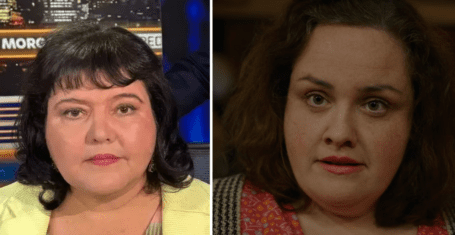
Review: Prime Brass at Kings
THOMAS NEAL: ‘Described as a ‘must-see, must-hear’ event, the recital attracted a mixed audience of around two hundred, who were certainly not disappointed.’
Saturday 24th April, 6:30pm in the Chapel of King’s College, Cambridge (Free Admission)
Prime Brass; Peter Stevens and Ben San Lau, Organ; Stephen Cleobury
![]()
Arguably the city of Cambridge’s finest brass ensemble, Prime Brass was on fine form for an eclectic programme of works for organ and brass, under the distinguished baton of Stephen Cleobury. Described as a ‘must-see, must-hear’ event, the recital attracted a mixed audience of around two hundred, who were certainly not disappointed.
The recital opened with Arvo Pärt’s exuberant Arbos for brass and percussion, which perhaps surprised those expecting the abstract mysticism with which the composer’s ‘tintinnabuli’ musical language is most often associated. The simple ingenuity of Pärt’s musical processes made for a gripping experience, with rapid successions of descending scalic motifs ricocheting around those ancient walls. The performance was marked by a bold fortissimo and an unusual but exciting tone, although the balance was, sadly, not often in the percussion’s favour. Then followed a clear-cut and articulate performance of John Gardner’s Flourish for a Wedding, which appeared to be a set of developing variations on the Epiphany chorale Wie schön leuchtet der Morgenstern. This attractive piece displayed a charming dialogue between the organ and brass, made all the more apparent by an admirable sense of ensemble.
Then followed what was perhaps the weakest piece in the programme, Eric Whitacre’s ever-popular Lux aurumque, in the composer’s own transcription. Unfortunately, the faults and failings in the transcription itself were made quite apparent in the performance, giving rise to issues of balance and intonation which were not heard elsewhere in the programme. In short, the nature of this excellent choral piece makes it entirely unsuitable for a brass ensemble, with any attempt by the players to inject Whitacre’s characteristic colour and poignancy into this performance being prevented by the limitations of their instruments. It also lacked any obvious connection with Esch and Silvestri’s beautiful text, with its ‘golden light’ descending into the murky obscurity of close-harmony Trombones. One can only hope the composer does not repeat the mistake.
The second-half of the programme began with Anton Bruckner’s powerful motet Tota pulchra es Maria, in an excellent transcription by Hans-Jürgen von der Wöste, which somewhat resembled the composer’s powerful Ecce sacerdos magnus. The clear-cut homophony of this piece took on a new resonance with the brass ensemble caressing Bruckner’s subtle dissonances with a wonderfully warm tone. This lead comfortably into Charles-Marie Widor’s Salvum fac populum tuum Op.84, which began with the chromaticism and endless phrasing characteristic of the great Parisian organist-composers, building up to a thrilling conclusion. Any lack of power from the organ’s relatively light registration was compensated by the ensemble’s impressive timbrel spectrum, ranging from a melodious legato to an exhilarating and raspy energy. This deeply emotional and affecting performance truly reflected the sentiments of the final section of the Te Deum, on which it is based. A revelation.
The ensemble’s website warned the audience that the final work in the programme was likely to shake the very foundations of the world-famous chapel – and shake they did. The performance of the Adagio and Final from Saint-Saëns’s Symphony no.3 was not without blemishes, primarily owing to several ‘split notes’ in the lower parts and some slips in the French horns, but generally the ensemble rose to the occasion, with the audience’s faces beaming as that most famous of C-major chords rang around the chapel. Again, the transcription was not without its faults, with the lower brass lacking the capacity for the vigour of the original rapid string figurations and with several changes of tempo which I don’t recall in the original score. Nevertheless, Stevens and Lau pulled out all the stops and the whole ensemble charged toward what was a glorious conclusion to a memorable programme









































